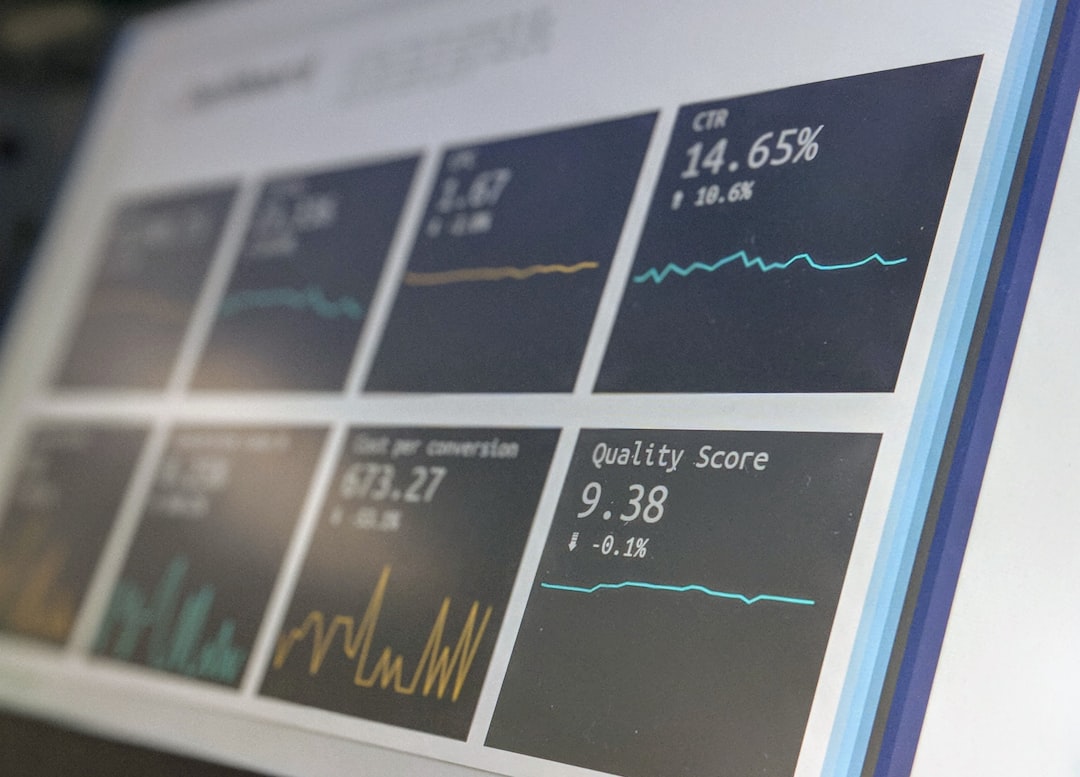
A Comprehensive Guide to Teaching Basic Economics
# Introduction. Teaching basic economics can be a rewarding experience. It not only helps students understand the fundamental concepts that govern the allocation of resources in society but also prepares them for informed citizenship. This guide will outline effective strategies, engaging activities, and resources that can be utilized to make the learning experience both educational and enjoyable. # Understanding Your Audience. Before diving into lessons, it is crucial to know your audience. Are you teaching high school students, middle schoolers, or perhaps even adult learners? Each group has varying levels of comprehension and interest in economics. For younger students, simple concepts are best, while older students may handle more complex ideas like market structures or fiscal policies. Tailoring your approach based on age and background will facilitate better understanding and engagement. # Setting Learning Objectives. Establish clear learning objectives for your economics course. What fundamental concepts do you want students to grasp? Possibilities include: - Understanding supply and demand. - Knowing how markets operate. - Comprehending the roles of different economic systems (capitalism, socialism, etc.). - Recognizing the impact of government policies on everyday life. Having concrete objectives will guide your lesson planning and ensure that your students know what they are working towards. # Utilizing Interactive Learning Techniques. Economics can sometimes come off as dry or theoretical. Incorporating interactive learning techniques can help alleviate this issue. Here are a few ideas: 1. **Simulations and Role Play**: Create a classroom market where students can buy and sell goods using play money. This 'hands-on' experience solidifies concepts like supply and demand and market equilibrium. 2. **Debates and Discussions**: Assign students to defend or oppose various economic policies, such as minimum wage increases or taxation. This helps them understand real-world implications and encourages critical thinking. 3. **Games and Activities**: Utilize educational games and online platforms that focus on economic concepts. For example, economic board games or online simulations can provide practical understanding in an enjoyable format. # Teaching Key Economic Concepts. When teaching specific economic concepts, it is useful to break them down into digestible parts: - **Supply and Demand**: Use visual aids such as graphs to explain how supply curves and demand curves interact. This aids comprehension of price determination. - **Economic Systems**: Describe different economic systems by discussing their pros and cons. For instance, compare capitalism and socialism with real-world examples to visualize theoretical constructs. - **Elasticity**: Present scenarios that require students to think about how consumer demand responds to pricing changes. Consider including case studies of luxury versus necessary goods. # Incorporating Real-World Examples. Using current events and real-world examples helps students relate economic concepts to everyday life. Discuss news articles that highlight economic trends, like inflation rates or unemployment statistics. Encourage students to bring in relevant news pieces as discussions, so they can apply economic theory to current scenarios. # Providing Resources for Further Learning. Supplement your teaching with resources that can aid understanding outside of classroom hours. Recommend textbooks, podcasts, and websites dedicated to economics. Interactive platforms like Khan Academy, Coursera, or even popular YouTube channels can provide additional insights and concepts for students faced with difficulties. # Conclusion. Teaching basic economics doesn't just provide knowledge; it equips students with skills and understanding of the world around them. By adapting your methods to different learning styles, fostering engagement, and grounding discussions in real-world examples, you will inspire future economists and informed citizens. Enjoy the process and encourage a love for economics that students can carry into their futures. .









